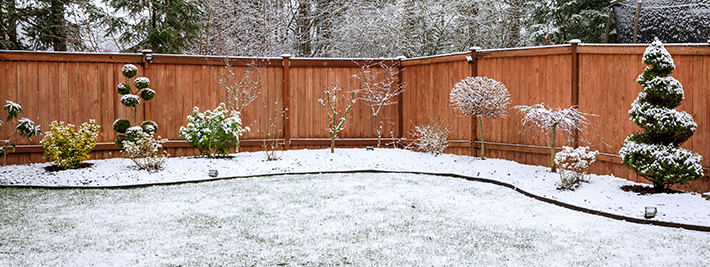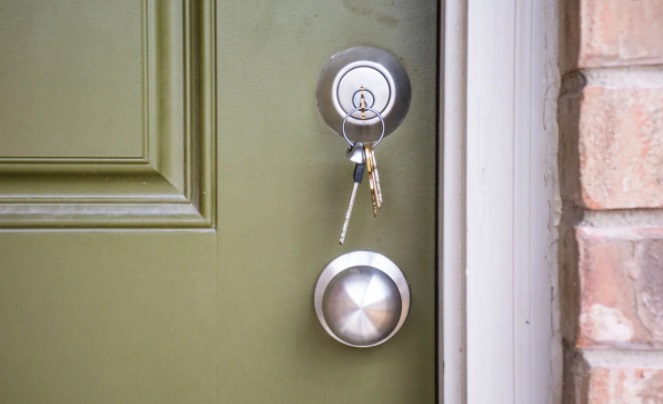No Paint Crew Necessary!

The walls of your home are begging for a new paint job, or you simply want to change your decor colors, but money is not flowing freely enough to hire a painter. Painting is one DIY project that is cost-effective and easy enough to make it look as if you hired a crew to do the work. Go over these tips before you get started:
-
Flat or matte paint is great for hiding flaws, and best used in low-traffic rooms, as it is not as easy to clean as glossy paint. Use latex paint for high-traffic walls, and oil paint for wood trim. Leave windows open when painting with oil paint because the odor is quite strong, and it takes longer to dry.
-
When picking colors, do not be afraid to go bold, unless you plan to sell soon, then neutrals are your best choice.
-
Purchase paint samples and apply each color in a 2’x2’ area on the wall you are planning to paint. Once it is dry, you will get a better feel for the color in the different lights, and whether you can live with it or not.
-
The ceiling cannot be forgotten in your new design! Change the feel of the room’s height by going a shade darker (for a lower ceiling feel) or go a shade lighter or use a lighter color to give the illusion of a higher ceiling.
-
Use this handy paint calculator to determine how much paint you will need. Other supplies necessary for a professional look are painter’s tape, drop cloths, putty, a putty knife, caulking, and any tools you may need for removing hardware from any doors or walls.
-
Clean your walls and sand if necessary, then use a vacuum to make sure all the dust is gone.
-
Covering a dark color, stains on the walls, old paneling, or new sheetrock may require a coat of primer prior to painting. Tint the primer with a little of your new wall color before applying.
-
Before you start on the walls, do the little stuff first: paint in corners and close to the ceiling with a good brush, working your way down to catch drips.
-
Paint the walls in 3’-4’ sections in an overlapping W-pattern, applying paint until you need to reload the roller. When you are near the ceiling and corners, get as close as possible using what is left on the roller where you previously already cut in. This gives a smooth appearance to the finish.
-
Allow the paint to dry for 24 hours and avoid hanging anything on the walls for a few days. Hopefully, you should not have to do any cleaning until the paint has cured, usually two weeks to thirty days.
Giving your home a facelift with paint is easy and rewarding if done correctly. Feeling adventurous? Try painting a pattern on your wall. It may take more time, but the dramatic effect it makes in the room makes the wall a focal point, and one you can take pride in since you created it!
Courtesy of New Castle County DE Realtors Tucker Robbins and Carol Arnott Robbins.
Photo credit: Slide-Lok







.jpg)






